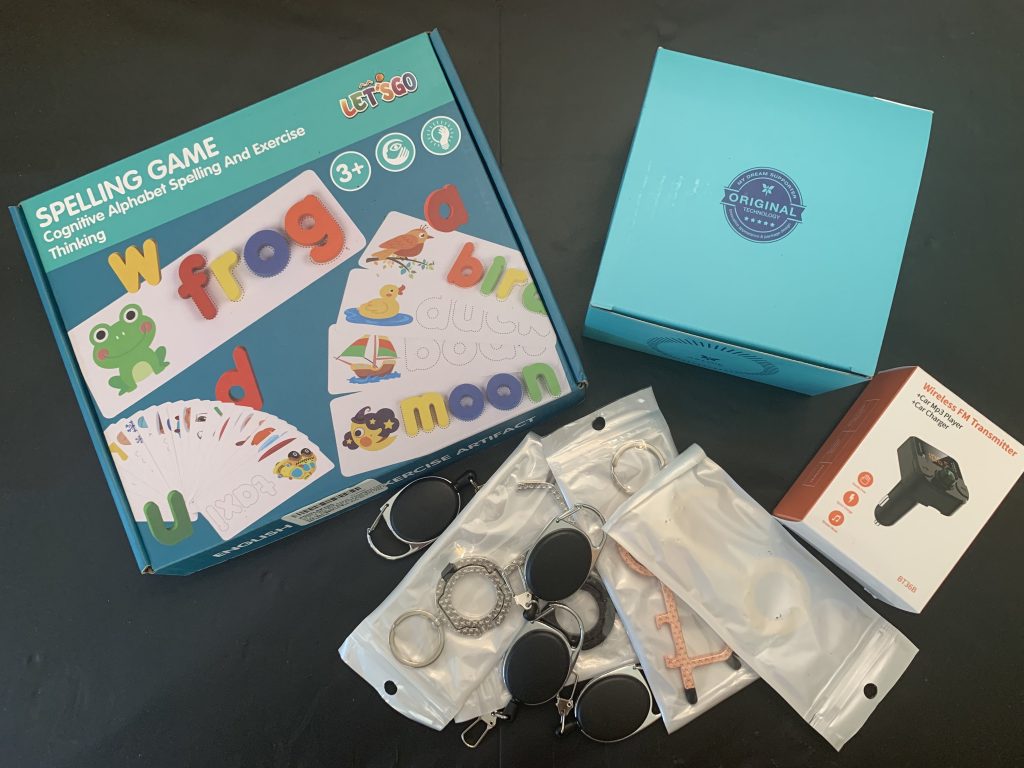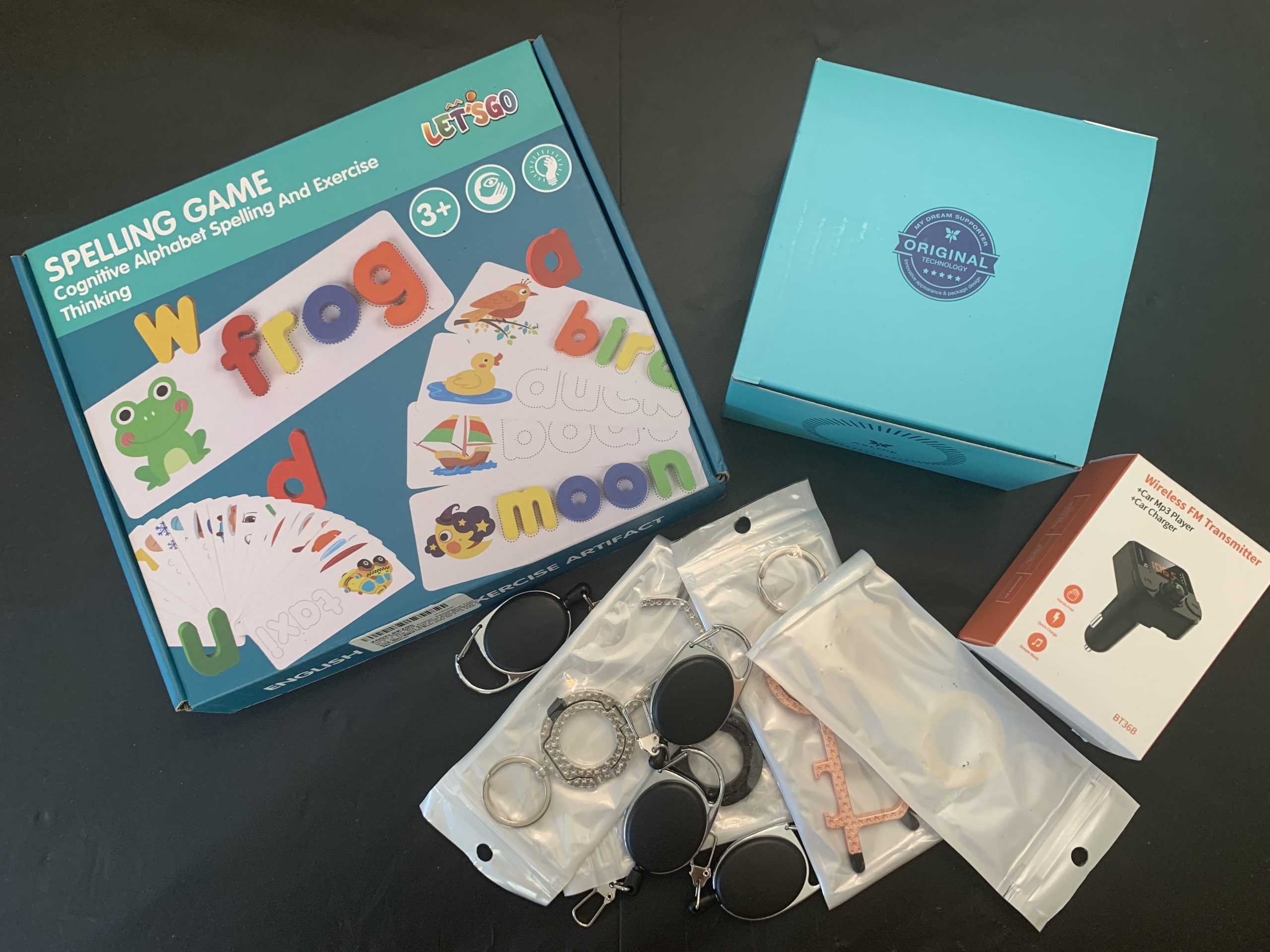
A package from Amazon arrived about two weeks ago. My wife hadn’t ordered it. Nor had she paid for it. After a great deal of trouble, we finally found out how to get past the Amazon robots and get to a real person. We suspected this to be one of the Amazon brushing scams, and yet, when we finally reached a real person at Amazon to report it things did not go well.
What are Amazon brushing scams?
This is one of those scams that makes no sense to me. From what I can tell, it’s intent is to boost the positive reviews for a product on Amazon. As an author who’s always looking for reviews on his books, I get that. But what doesn’t make sense is that someone opens an account in your name, places an order, ships the package to your address, all so they can write up a fake review.
The ‘upside’ of a brushing scam
You get free stuff. In a way, it’s like hitting the lottery. Unfortunately, none of the stuff we’ve received so far was anything we wanted. The bigger problem is, I subscribe to the old adage that there’s no such thing as a free lunch. Yup. There’s gotta be a catch.
Is there a downside?
According to the Better Business Bureau brushing scams are designed to help businesses sell more products. Since most online purchases are driven by reviews, there’s a certain logic to that. There is, however, another possibility. If your name and address is being used to create a fake Amazon account, that means someone has your name and mailing address. And therein lies the big potential downside.
In addition to their use as a way to boost online sales, brushing scams create the potential for exposure to identity theft. It sounds very ‘conspiracy theory-ish’, but a name and address are the starting place for all credit accounts. So while the average brushing scam is nothing more than an online reseller trying to boost their ratings on Amazon to sell more product, there’s the potential for it to lead to something much worse, which means they are not something that can be ignored.
5 Tips for dealing with Amazon brushing scams
Tip #1: Don’t take this lightly. Assume the worst and expect that someone is out to commit identity theft. Therefore, immediately check your account at Amazon and make sure your account has not been compromised. If it has, change your password immediately and update all of your account information.
Tip #2: Check with your credit card company to make sure there are no fraudulent charges on your card.
Tip #3: Check your credit reports at AnnualCreditReport.com. This is the only service where you get three annual credit reports for free. Other services will claim they’re doing that, but they’ll charge for the service.
Tip #4: Take photos of the shipping label and/or the packing slip for each package that you receive. The tracking numbers from these labels will be needed later.
Tip #5: Call Amazon and tell them what’s going on. They’ll need their tracking numbers from the shipping label or the packing slip. Tell them you want them to close the fake account that’s being used to send you packages. They will probably give you the runaround, but then you can go to Tip #6.
Tip #6: Report the issue to the Better Business Bureau It turns out that was the only way we got Amazon to take this seriously. Based on the emails we received from their representative, they must have a dedicated team to work on Better Business Bureau complaints. They did eventually close the bogus account, but it took far more work on our part than it should have.
Like this scam tip? Check out last month’s tip, Social media shopping scams warning signs and tips.


Keep receiving parcels from Amazon with the right address, wrong name. Suggests someone has acquired partial data. No way to contact a Human at Amazon to report.
If you go through their bot system, you’ll eventually get to the point where you can get referred to a human. They do not make it easy.
Thank you for the info. I didn’t know about this. It was very informative.